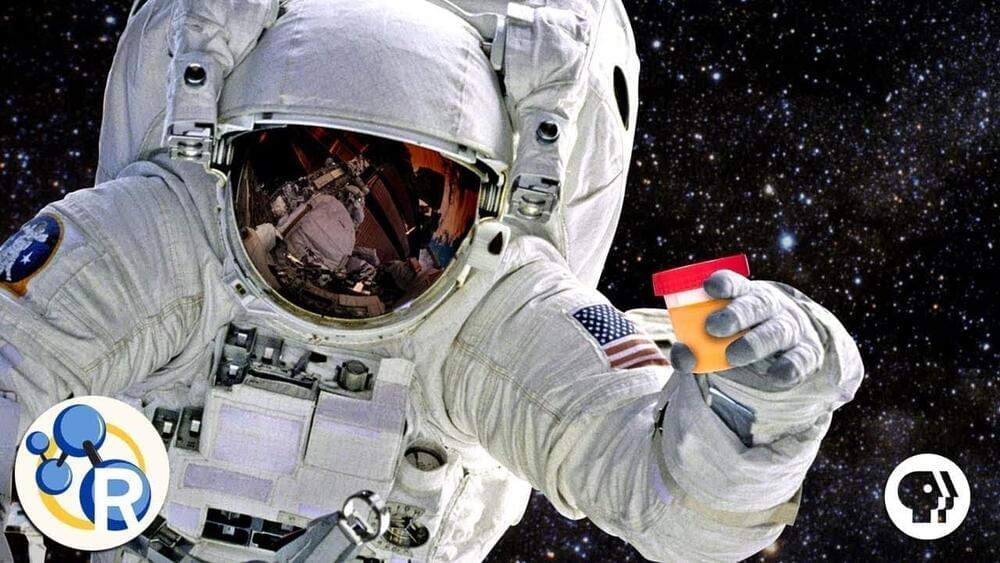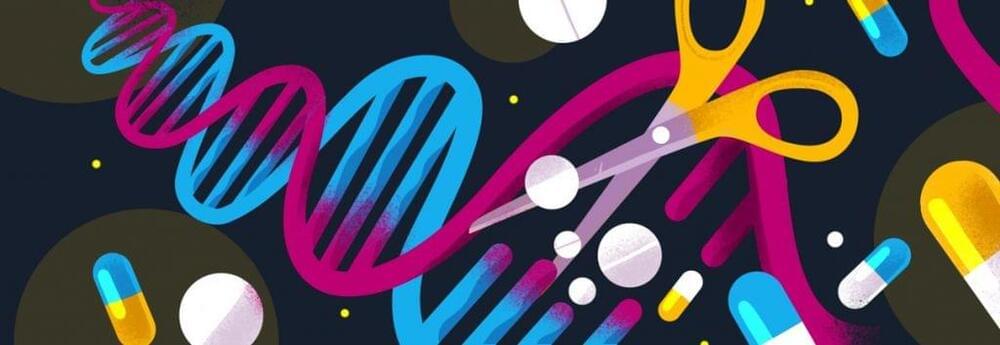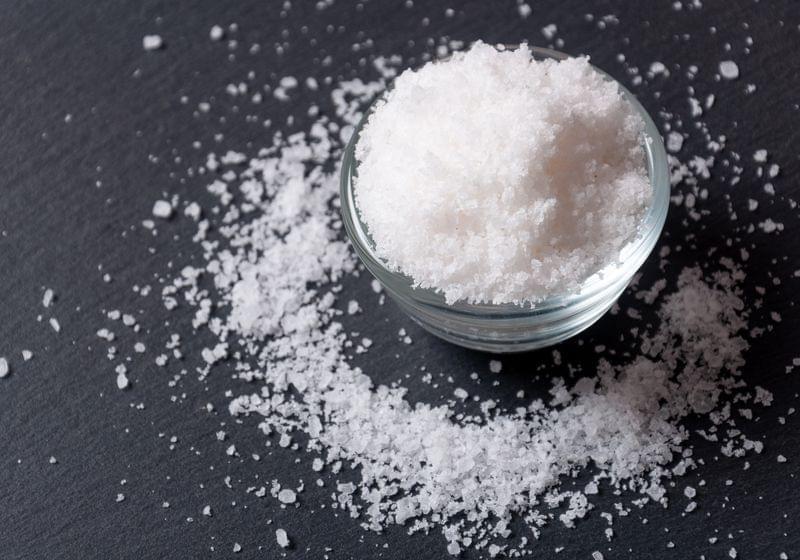Sep 20, 2021
India’s got the next big thing in tech, and it could be worth $1 trillion
Posted by Derick Lee in categories: biotech/medical, business, economics
Of India’s 10 SaaS unicorns, six reached that milestone in 2,020 and investors around the world are paying attention. Last year, investors pumped $1.5 billion into Indian SaaS companies, four times more than in 2018 or 2,019 according to the SaaSBoomi report.
More than two decades ago, India began its transformation into a global IT powerhouse, ushering in an era of wealth and job creation never before seen in the country.
Now, Asia’s third largest economy is ready for the next big frontier in tech: Coming up with a new generation of software companies like Zoom or Slack.
Continue reading “India’s got the next big thing in tech, and it could be worth $1 trillion” »


















